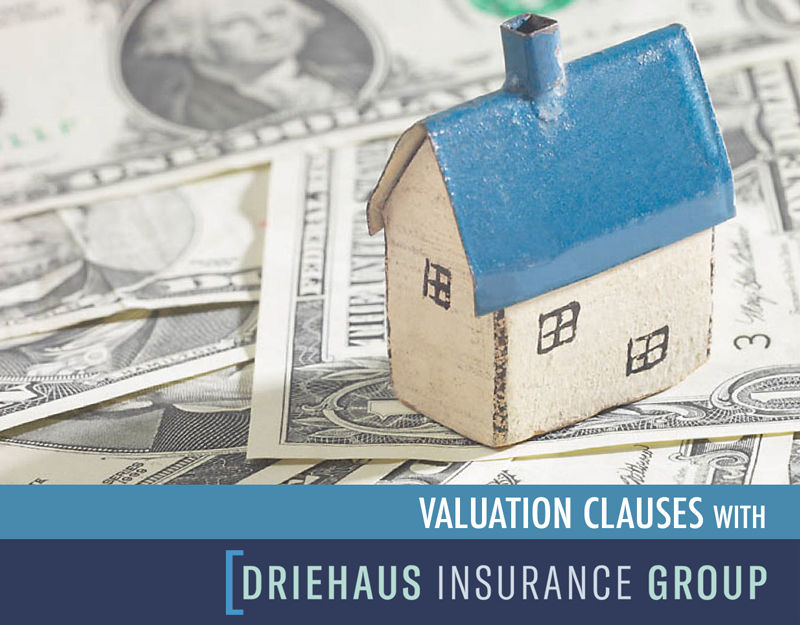Valuation Clauses - What will it pay?
- cbeckman98
- Mar 23, 2021
- 3 min read

A prior posting, What is my Property Worth? focused on the different values that can be established for a piece of property. This was the starting point for your insurance decision making. The values you place on the policy are generally the limits of insurance for that location.
Property, real and personal as well as business income have limits of insurance, the maximum the carrier will pay and valuation terms, how the loss will be adjusted. Let us examine the valuation terms that are typically on a commercial insurance policy.
Replacement Cost – This is new for old coverage. The insurer will replace your property with goods or materials that are similar in kind and quality. The limit of insurance on your policy should reflect the replacement cost of the property you are insuring. For buildings with historic and unique architectural features, you need to consider these in setting the values.
Actual Cash Value (ACV) – The insurer will replace the goods or provide funds that reflect the age and depreciation of the damaged goods or property. You will not get sufficient funds to replace the property but will get the depreciated value. The limit of insurance should reflect the depreciated values of your property. ACV can be a significant concern for partial losses, such as roof damage. With the ACV valuation, the payout is reduced to the depreciated value of the roof. The difference between the replacement cost & depreciated cost may leave you with a significant financial gap, placing stress on your budget to fully complete the work.
Functional Replacement Cost – If you do not plan to replace the existing property with like kind and quality, you may need a different valuation. If the new building would be more expensive to build than your current building, functional replacement cost allows you to replace the damaged property with another product that has similar function but a different cost. This is often used when the original property is obsolete and would not be an efficient replacement. This gives you an option to insure for a higher value. The limit of insurance should reflect the cost of the desired functional replacement item. Given the inherent complexity of this valuation, some insurers are reluctant to extend these terms.
Business income has two valuation terms – a specific limit or actual loss sustained. The limit that is chosen is a function of completing a business income worksheet to determine the allowable expenses and the period of restoration required to resume operations. This is worthy of its own discussion. The actual loss sustained language avoids the completion of the worksheet and allows recovery of losses for a policy defined period of restoration.
Blanket or Location Specific? – If you have multiple locations on your insurance policy, the insurer can choose to have the values at each location stand alone or they can blanket the values and have the total limit for all locations under the blanket available for any loss. Blanket coverage will offset any valuation deficiencies that may occur and is a desired valuation term. It may come at additional cost as the insurer wants to protect their interests. The insurer needs to have confidence in the accuracy of the values you have provided.
The Driehaus Difference
There is a lot of thought and planning needed to select the right valuation terms and to determine if location specific valuation or blanket is needed for your program. There are different levels of data required for the various valuations and to have an insurer agree to offer blanket coverage.
The descriptions of insurance coverage are general in nature and are not a replacement for actual policy language. We understand the process and can help you navigate the choices to be sure your insurance program protects what is important to you.
Call us at 513-977-6860 or visit our website at www.driehausins.com to learn more about us and to get in touch with us.


Comentarios